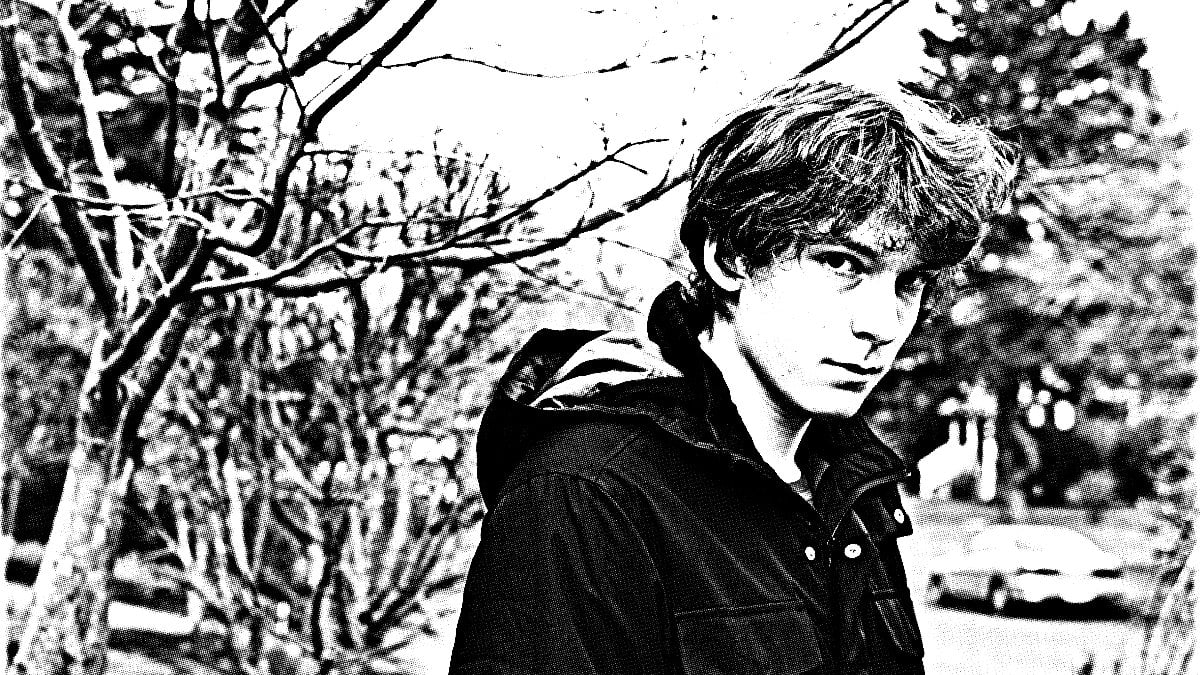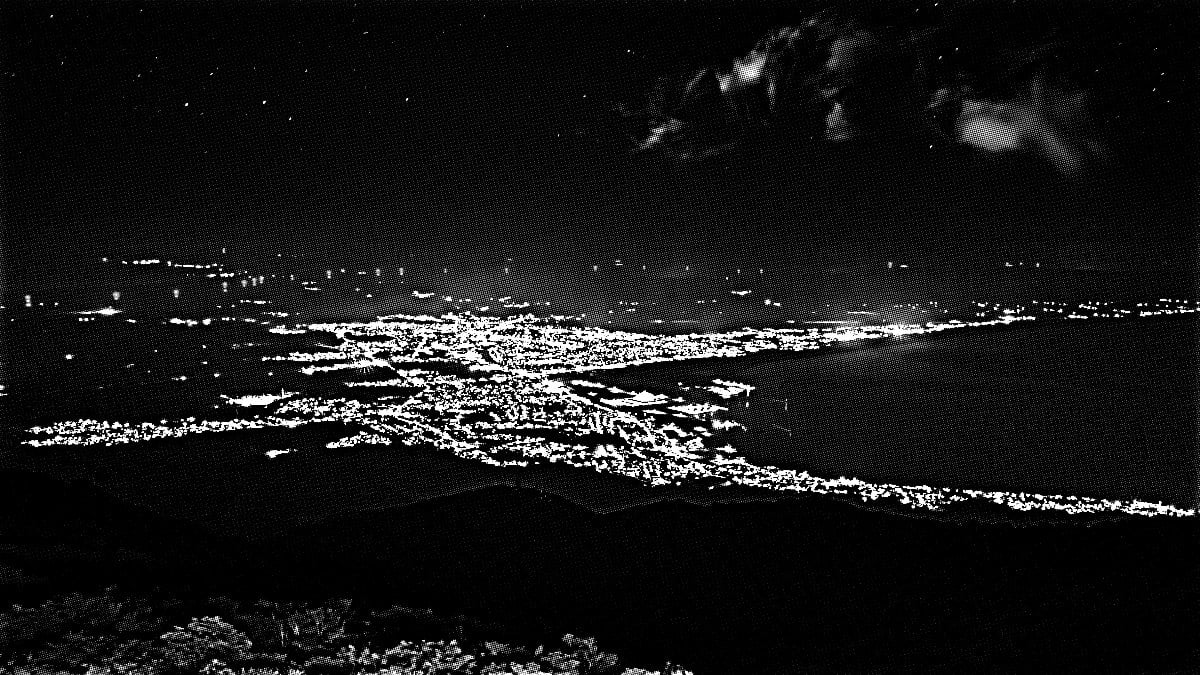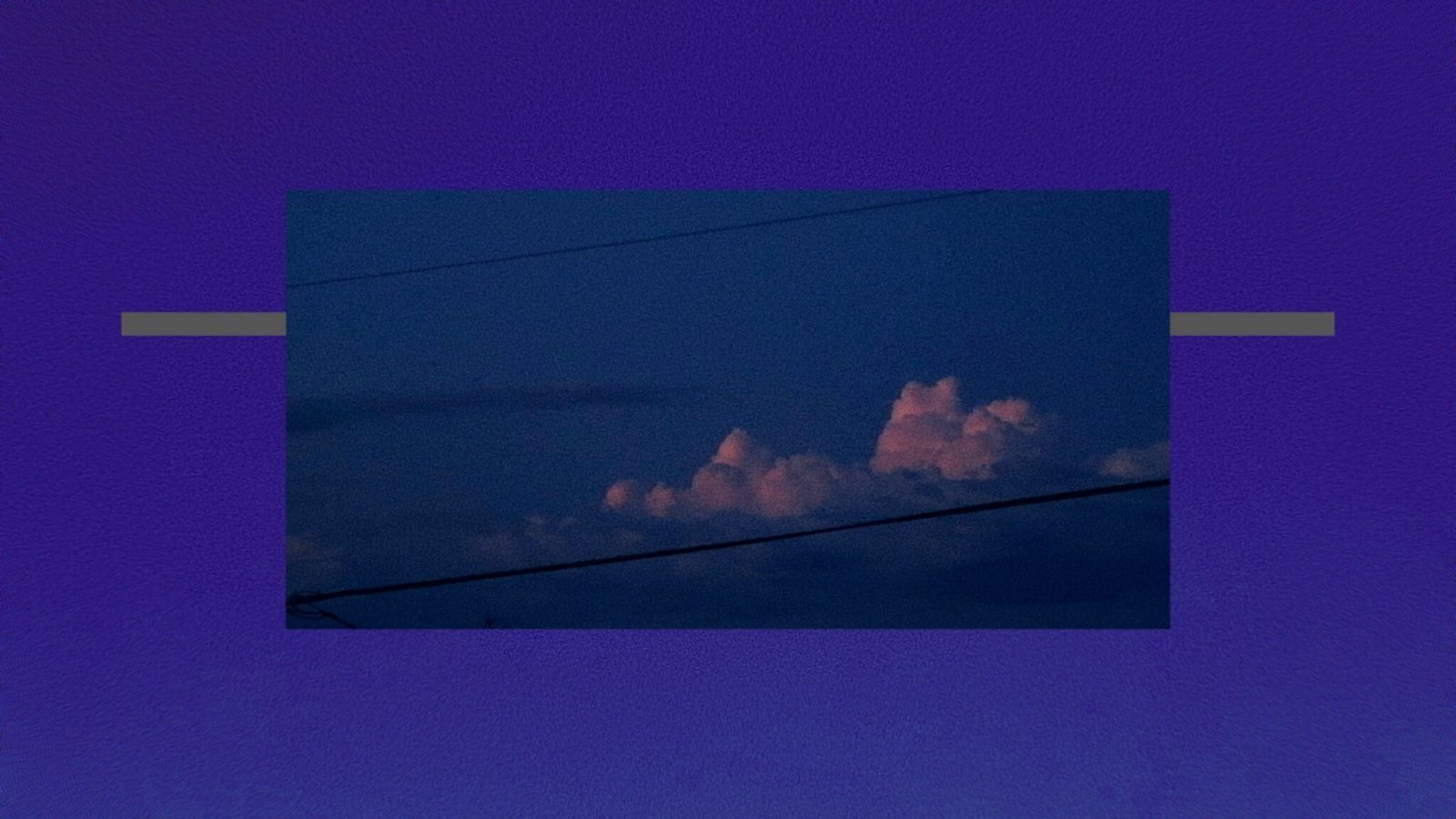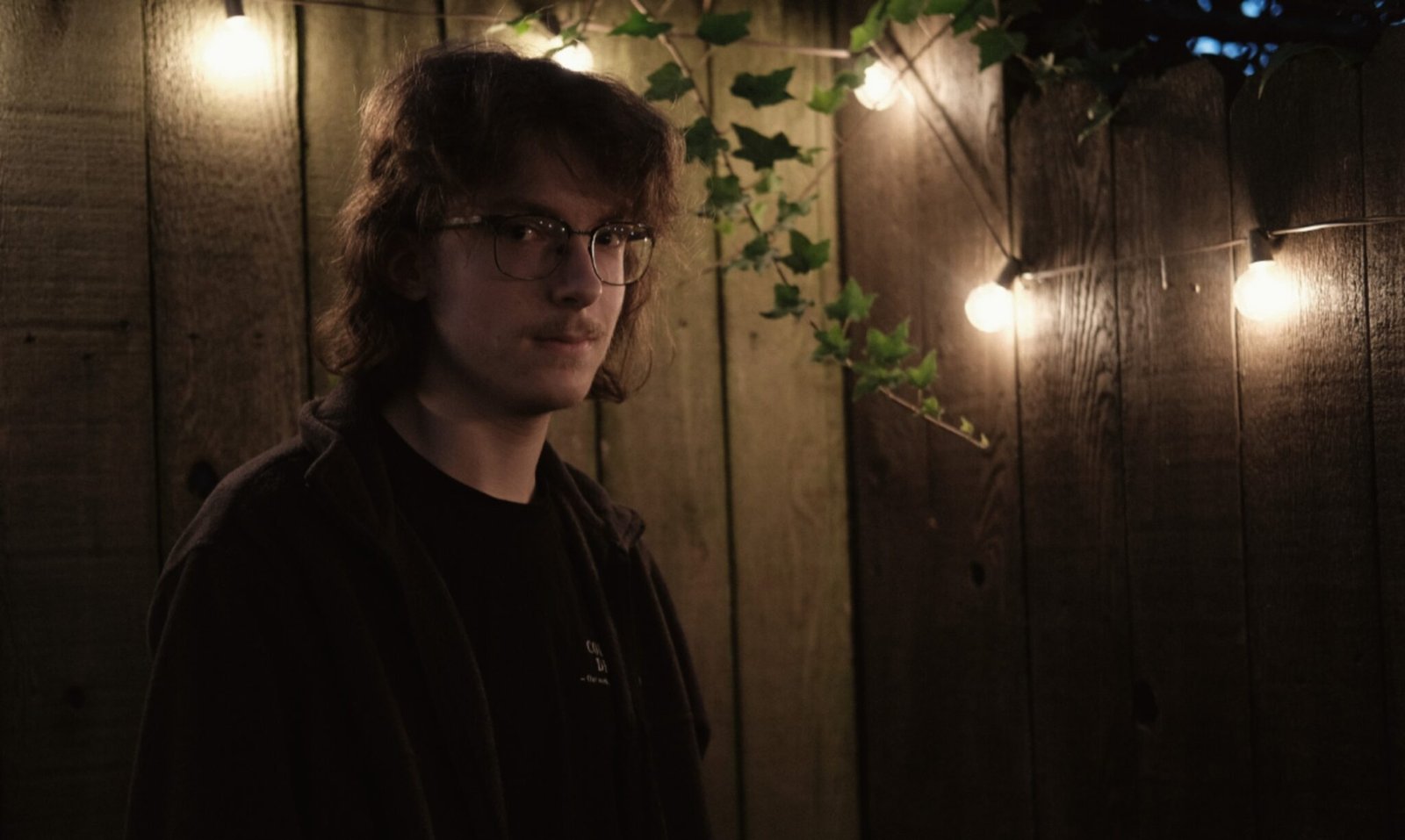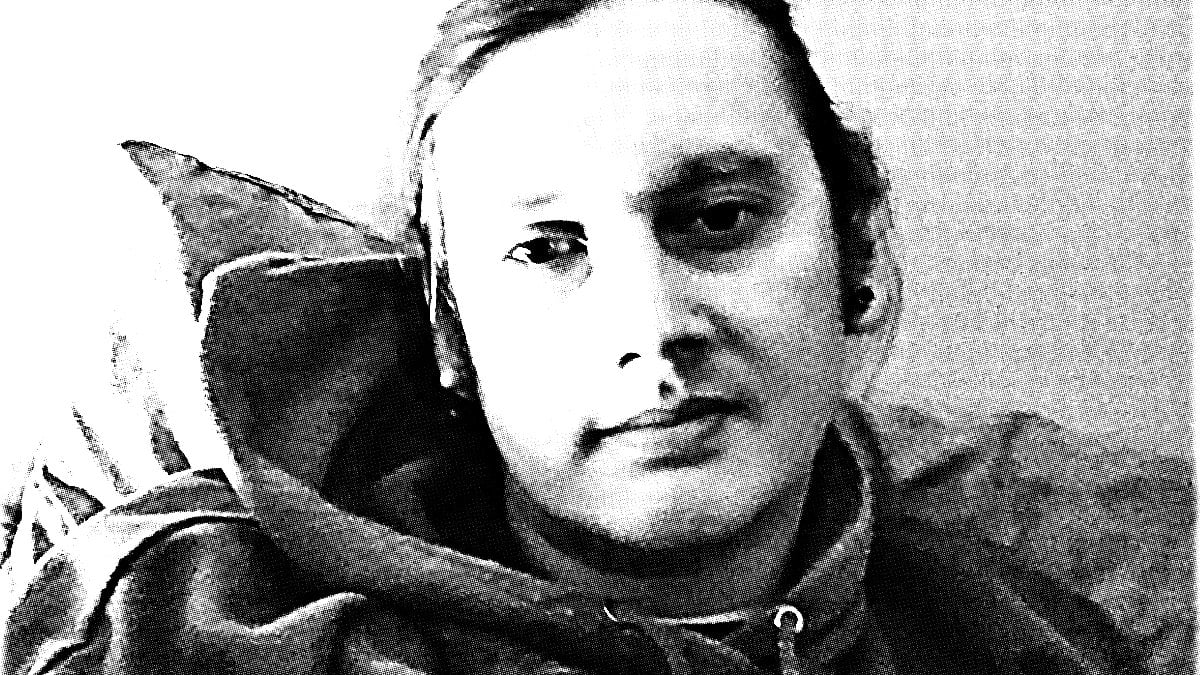
The 3+1 paradigm is simple: the subject receives over a dozen questions. These queries are mostly ‘stock,’ but I specifically target a few at the artist’s work. And then, the subject is asked to name something loved but has yet to be widely known. That’s the ‘+1.’ I expect a paragraph or two, three at most, with the 3+1 pieces serving as a quick look into an artist and their worldview.
Ordos Mk.0 has other ideas, and I’m thankful for that. Avoiding the stock questions, Ordos Mk.0 honed in on the ones that directly addressed his craft and intentions. The resulting responses are lengthy and thoughtful. I could post each answer as a stand-alone post if I wanted to. I admit surprise, but I should have known Ordos Mk.0 would deliver with such depth. That’s because the launching point for this piece is the ambitious and sprawling three-part album(s), Sisyphean Audio Therapy.
Ordos Mk.0 (I only know the artist by the alias) leans into the therapy aspect, presenting the three installments as a healing process for both the musician and the listener. ‘Music as therapy’ is a familiar trope, but in answering these questions, Ordos Mk.0 brings a unique and interesting take. In the press write-up, the artist explains:
[The albums] are intended to serve as tools for relief from stress and anxiety as well as being inspired by and about the music and other media we turn to escape from it. It was due to this cyclical nature of being music to relax and escape while also being about media to relax and escape to, combined with the unending need to do so, which feels impossible to fulfill, that it is described as “Sisyphean.”
And the music approaches the idea distinctively, too. The albums’ tracks — admittedly and audibly influenced by the likes of Biosphere, Alessandro Cortini, Suzanne Ciani, and Trent Reznor’s work with Atticus Ross — favor song-like lengths as opposed to extended ambient drone exercises. There are nods across the electronic music spectrum and references to its history. Field recordings flutter in and out, triggering imagined possibilities and sonic contextualizing. Melody is also an essential element; there are plenty of compelling synth lines and motifs to grab us. These tracks are like snatches from misremembered dreams.
Ordos Mk.0 states that he intended his latest album, Sisyphean Audio Therapy 3, to have balanced doses of hope and despair. I hear an unequal division — there’s a bit more hope when I listen, but I tend to be a glass-half-full kind of guy. Perhaps part of the therapy for the listener is how Ordos Mk. 0’s music is open to emotional interpretation, a sort of Bandcampian Rorschach test. These cuts slice through hard times and take us — creator and listener — along with them. And it’s important when listening to remember that Camus considered Sisyphus a happy but absurd hero, “one who does not have false hope but also does not sink into despair.“
Enjoy this extended bit of 3+1 with Ordos Mk.0 — there’s a lot to sink your teeth into. Also — the artist provided the original photography on which this post’s graphics are based.
[Read more…]